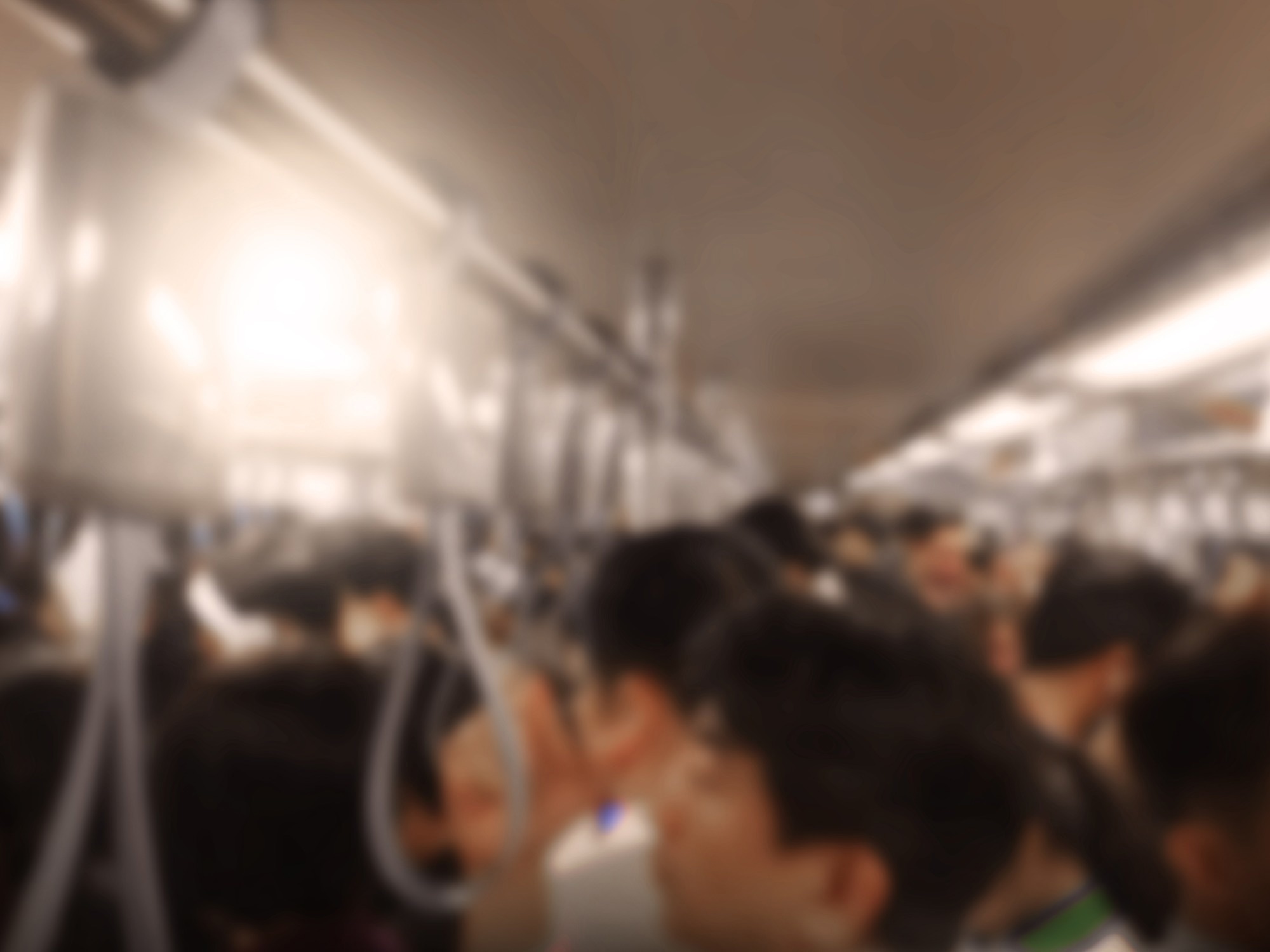A study published in PLOS ONE investigates the phenomenon of peak hour deviation in metro stations, where the busiest time differs from the overall network peak. Using machine learning-based least squares support vector machine (LSSVM) method, they modeled peak hour deviation at the metro station level. Analyzing data from Xi’an, China, the researchers found land use factors influencing the severity of stations' peak ridership diverging from network peaks. Their approach enables more accurate forecasting of station capacities.
 Study: Navigating Metro Peak Hours: Machine Learning Sheds Light on Deviation Patterns. Image credit: Baryta/Shutterstock
Study: Navigating Metro Peak Hours: Machine Learning Sheds Light on Deviation Patterns. Image credit: Baryta/Shutterstock
The Overlooked Issue
Urban rail planning often bases station capacity on predicted ridership during designated network peak hours, typically weekday commuting. However, with increasing land use diversity around stations, the peak passenger flow may need to align with the network peak.
This peak deviation issue causes an underestimation of station demand. However, previous forecasting methods overlook deviation by referencing network peaks. Addressing this gap, the researchers introduced the peak deviation coefficient (PDC) - the ratio of station peak ridership to network peak ridership. The aim was to model the PDC using machine learning to reveal factors influencing peak deviation. This helps determine amplification coefficients for adjusting network-based predictions to station-level peaks.
Modeling Peak Deviation
The authors focused on the Xi’an Metro, comprising 153 stations. Smart card data provided station usage patterns. Point-of-interest data identified land use types in station areas. Four PDC variables were calculated for morning/evening boarding/alighting peaks. Machine learning models were developed to predict PDC values using land use, network, and station features as predictors.
The researchers compared two models. One used the proportion of commuting land uses around a station. The other incorporated a land use function complementarity index relative to the whole network. This index measured the balance of commuting land use for a station compared to the system. The hypothesis was that it better captures competition effects on peaks between stations.
Applying LSSVM to Model Peak Deviation
LSSVM is an optimized version of support vector machine models tuned for nonlinear regression problems. Compared to neural networks, LSSVM has shown strong generalization with faster training for transportation data. The authors focused on the Xi’an Metro, comprising 153 stations. Smart card logs provided station usage patterns. Point-of-interest data identified land use types in station areas.
Four PDC variables were calculated for morning/evening boarding/alighting peaks. The LSSVM method predicted PDC values from land use, network, and station features. Two LSSVM models were compared: one with the station’s proportion of commuting land use and one adding a land use function complementarity index relative to the whole network. This index measured the balance of commuting land use for a station compared to the system. The hypothesis was that it better captures competition effects on peaks between stations.
LSSVM Results
Both LSSVM models performed well in predicting PDC, demonstrating the feasibility of the machine-learning approach. However, the network-based complementarity index model improved accuracy and outperformed the more simplistic land use proportion model.
As hypothesized, incorporating connections between station land uses across the network better-explained peak deviation patterns, highlighting the influence of station interactions. The LSSVM results also uncovered the nonlinear effects of factors like network centrality and land use proportions on PDC. For instance, stations with small commuting land use shares often exhibited severe morning boarding deviations.
The study proved LSSVM’s capability to unravel the nuanced drivers of metro station usage peaks. This data-driven methodology can enhance peak-oriented capacity planning to prevent mismatches between projected and actual demands. The results also demonstrated the nonlinear effects of predictors like network centrality and land use on PDC. Stations with small commuting land use shares often showed severe morning boarding deviations. Suburban stations with medium commuting levels frequently had high evening boarding PDC.
Besides improving peak forecasting, the model provided a planning tool to assess peak deviation susceptibility for new metro stations. This can prevent mismatches between projected and actual usage peaks.
Limitations and Challenges
The modeling approach has limitations to address in future studies. The sample only covered one metro system. Data did not include actual passenger origin-destinations. Other potential predictors like socio-demographics and station facilities could be tested. However, the methodology provides a foundation to enhance peak-oriented capacity planning. Creating model ensembles may further boost accuracy. Models could also be recalibrated as stations mature over time.
With computation power improving, complex machine learning techniques applied here will keep advancing planners’ ability to unravel the intricacies of metro usage patterns. This study marks an initial step in preventing peak deviation from catching metro systems off guard.
Future Outlook
The research highlights the potential of using advanced machine learning to gain insights into the complex dynamics shaping metro station peak demands. However, fully realizing this potential will require extending the modeling approach in several directions.
One critical need is expanding the range of data incorporated as predictors. For example, integrating demographics, station facilities, and service levels could reveal additional determinants of peak deviation. Dynamic models calibrating to ridership data over time may also better adapt to evolving station usage as land use and transit networks change.
Testing across multiple metro systems is essential to determine the methodology’s generalizability and variations in influential factors. Future work should also validate modeled peak deviation coefficients against actual station capacities. This can guide refinements to the amplification factors applied in planning.
Ultimately, the path ahead is to encompass peak forecasting within integrated transit simulation platforms. Synthesizing machine learning with agent-based modeling of travelers can create high-resolution “digital twins” of metro systems. This will give planners an agile virtual laboratory to stress test station designs and operations strategies against emergent peak demands. The research agenda is expansive, but the potential is tremendous for managing stations, networks, and cities.